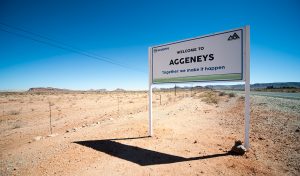
Hall Core Drilling is an exploration drilling contractor that have active operations in several countries on the African continent. The company was founded in 2000 and started out with just one drill rig. Today, they have 36 drill rigs in operation and employs approximately 250 people. In Aggeneys, their focus is on the Black Mountain and the search for base-metals.
When climbing the hills of Black Mountain the resemblance of another planet is striking. Apart from a few mountain areas, the surroundings are vast and flat. The ground is dry and reddish. Depending on the time of year and the amount of rainfall, it is almost completely barren. If you are lucky, you might catch a glimpse of the Klipspringer, an antelope living in this harsh location. Evolution has made the Klipspringer an excellent mountain climber, a trait it shares with the surface exploration drill rigs that are being put to good use here.
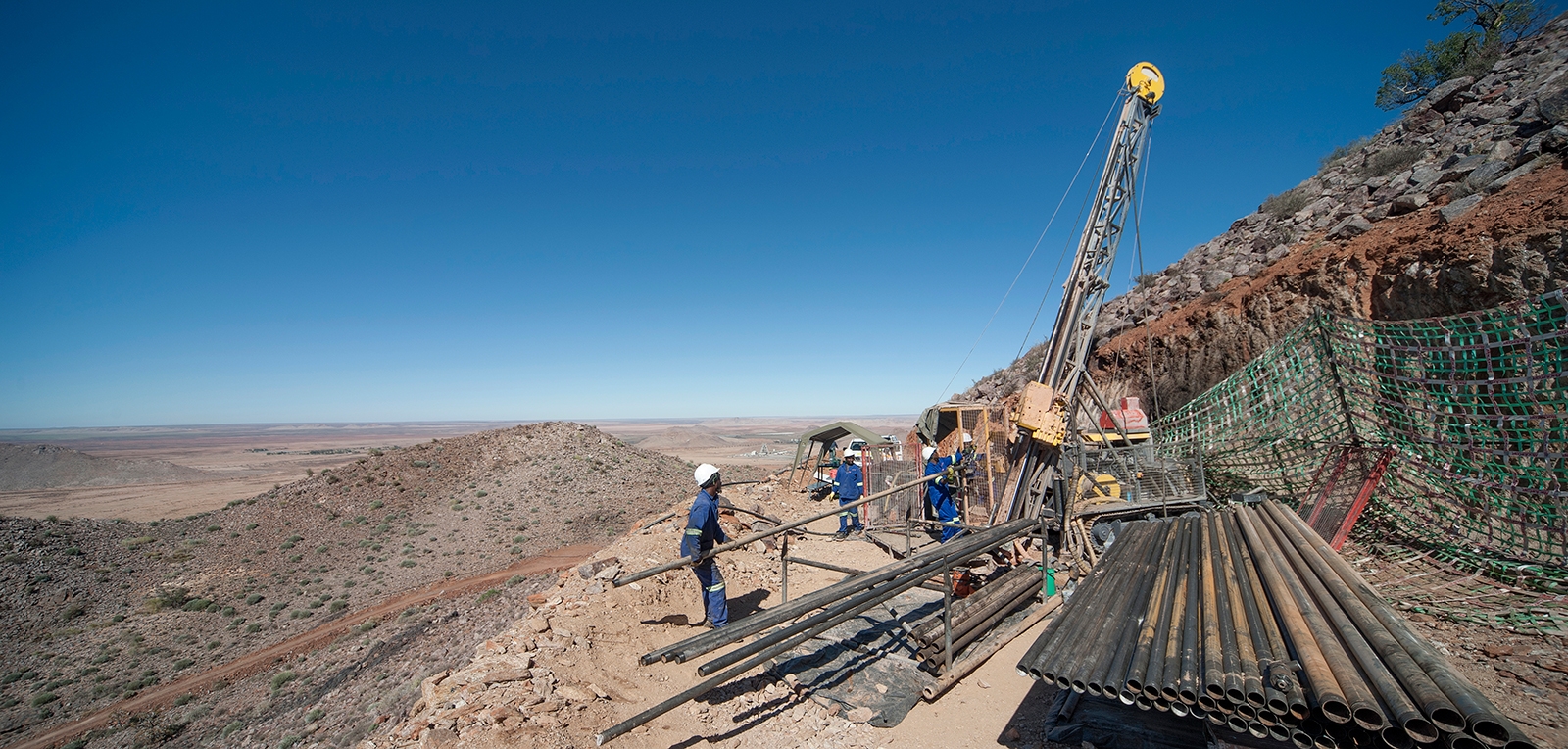
The surface core drilling rig, Boyles C6C from Epiroc, on the mountainside drilling site in Black Mountain.
The site is made up of mountains with valleys connecting them. On this specific job site there are two drill rigs in operation. One in the valley and one high up on the mountain side. The one in the valley is an older model of the surface core drilling rig, Boyles C6C, from Epiroc. This rig typically drills 200 m deep holes in a few days and is then moved to a new location in the valley. The hole depth and the distance between holes are all up to the geologist responsible for the site, who analyzes the core samples retrieved by the four-man drilling crew. The team itself is like a well-oiled machine, working together in sync. Watching the two assistants, the corewriter and the operator performing their respective tasks brings your mind to a well-choreographed ballet.
On the mountain side drill site we find a new Boyles C6C drill rig from Epiroc. This one has the new 2-gear Durahead rotation unit installed as standard equipment from the factory in Sweden. This rig drills a little deeper, usually the holes are around 400 meters. ?The rotation unit is the big thing.? says Grant Benson, Product Specialist at Epiroc. He continues ?Maintenance is so easy on these machines and here in South Africa we are experiencing a minimum number of breakdowns. In a location like this, reliability is a key factor.?
Site supervisor Hennie Eybers adds: ?These rigs are really up to standards. The new Durahead rotation unit is much better that what we have seen before and the whole rig is stronger, better designed and with less problems. You really get a lot of bang for your bucks with this rig.?
Marie Bergman is the Global Product Manager for the Boyles range at Epiroc. She is very pleased with how the new rotation unit performs on the rigs in this site.
?The Durahead rotation unit has a lot of benefits. The main thing is that it doesn?t have a chain. It has only a high and a low gear which makes life easier for drillers. The fact that it has an effective seal that prevents water and mud from entering the gear box is a real reliability booster. Also, this rotation unit is very easy to service, thanks to the seven grease fittings and the position of the lube oil filters.? says Marie.
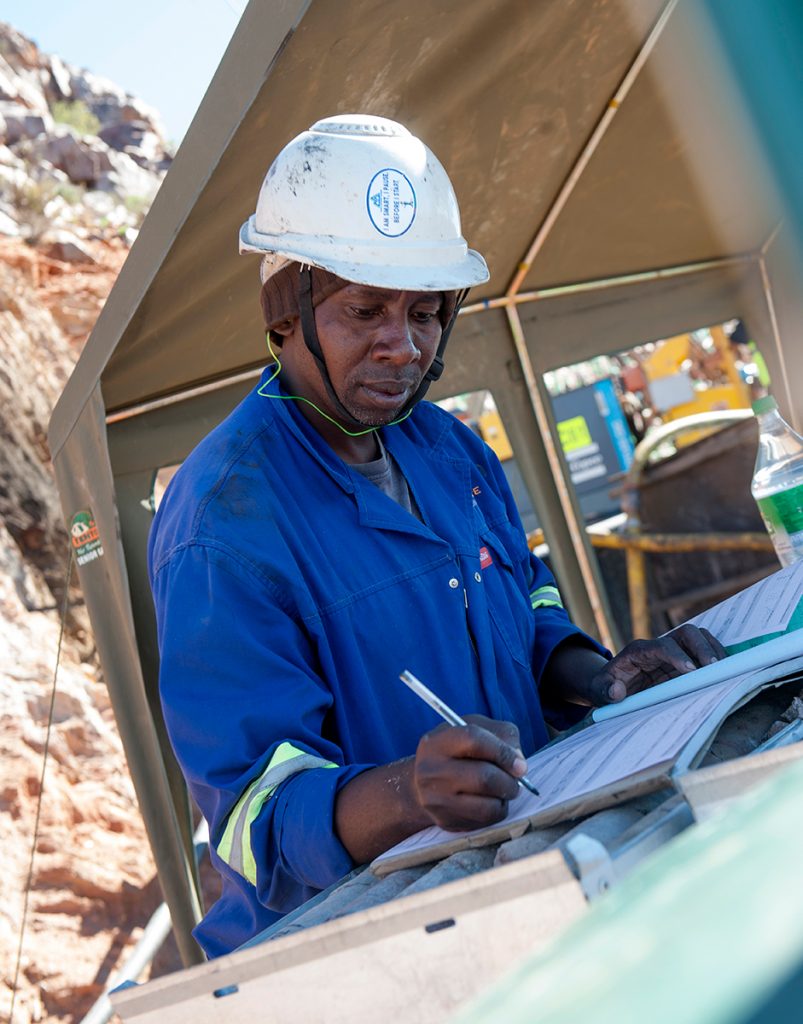
?I have only good things to say about this rig. It allows us to be very fast when tripping rods, making and breaking of rods is easy. Also, I really like the control panel and the displays. It shows us everything we need to know about the status of the rig. All in all, this rig is a pleasure to work with.? says Mpho.
Mpho Kobane is the corewriter in the mountain side crew working with the Boyles C6C. Like his fellow crew members in the valley, he is part of a group of dedicated drillers. Apart from making sure that the drill rig is doing what it is meant to do, a corewriter also handles the core samples retrieved from the ground below. Mpho places the samples in specially designed boxes and labels them to keep track of their progress and to make analysis easier for the geologist.
So, what does the Boyles C6C have in common with the Klipspringer, the mountain climbing antelope of South Africa? Well, the inclination of the hill leading up to what is now the mountain side drill site, was measured to an average of 27°. At its steepest section it was measured to 29°. Thanks to its strong tramming performance, the Boyles C6C made it up the hill on its own.
Just like a Klipspringer of Black Mountain.


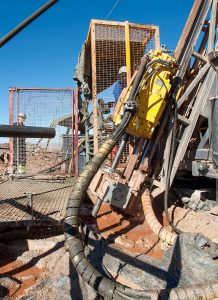
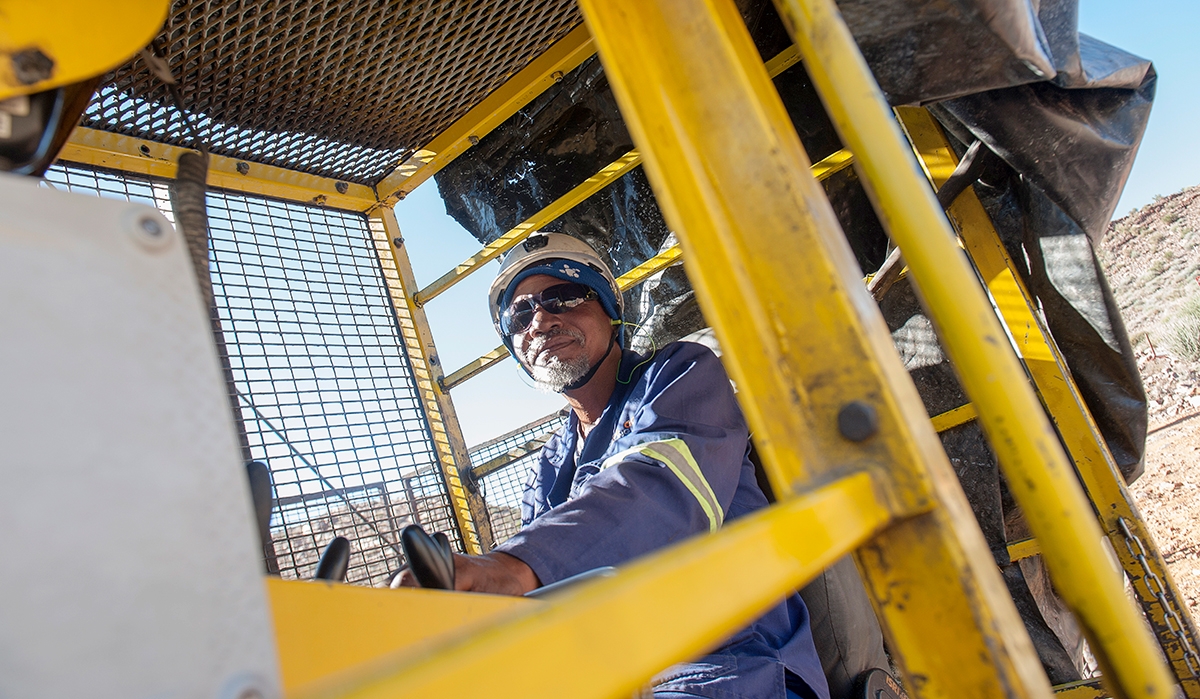
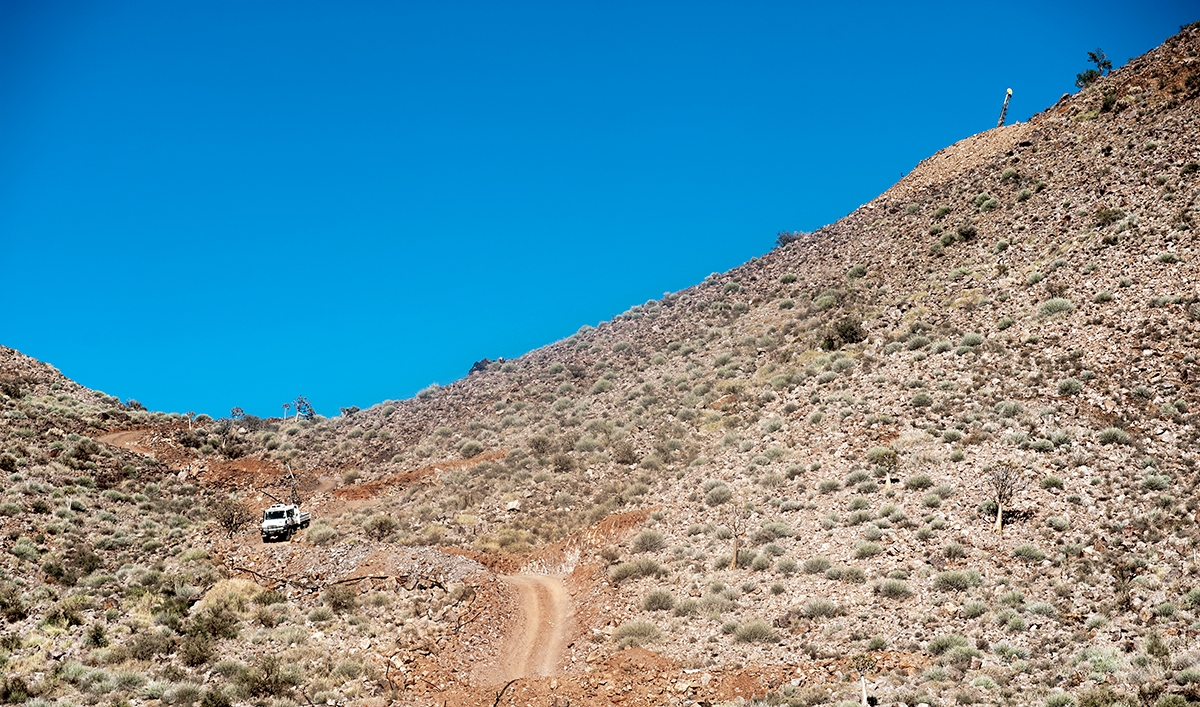
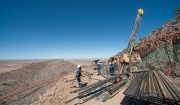
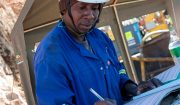
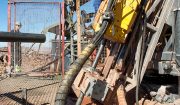
Here:
Us: